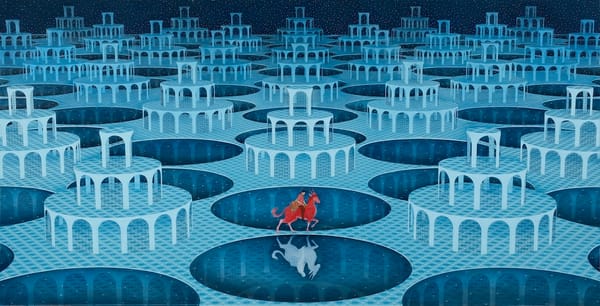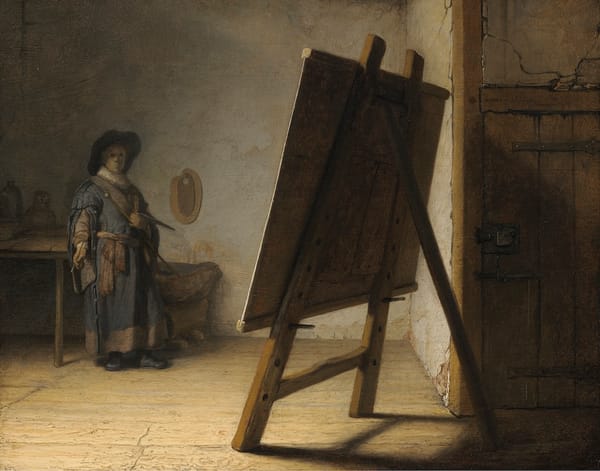Vincent van Gogh: Art, Turmoil, and the Legacy of a Troubled Genius
Vincent van Gogh, born in 1853 in Zundert, Netherlands, lived a life of profound passion and artistic innovation. His vibrant, emotive paintings, including 'The Starry Night' and 'Sunflowers,' have left an indelible mark on modern art.

Vincent van Gogh, one of the most celebrated painters in history, lived a life of profound passion, intense emotion, and tragic mental health struggles. Born on March 30, 1853, in the village of Zundert in the southern Netherlands, van Gogh's artistic journey would revolutionize modern art and leave an indelible mark on the world.
Early Life and Influences
Vincent Willem van Gogh was the eldest of six children born to Theodorus van Gogh, a Protestant pastor, and Anna Cornelia Carbentus. His early years were relatively quiet, though he was known to be a sensitive and introspective child. As he grew older, he began working for his uncle's art dealership, Goupil & Cie, in The Hague. This experience exposed him to the world of art and laid the foundation for his artistic interests.
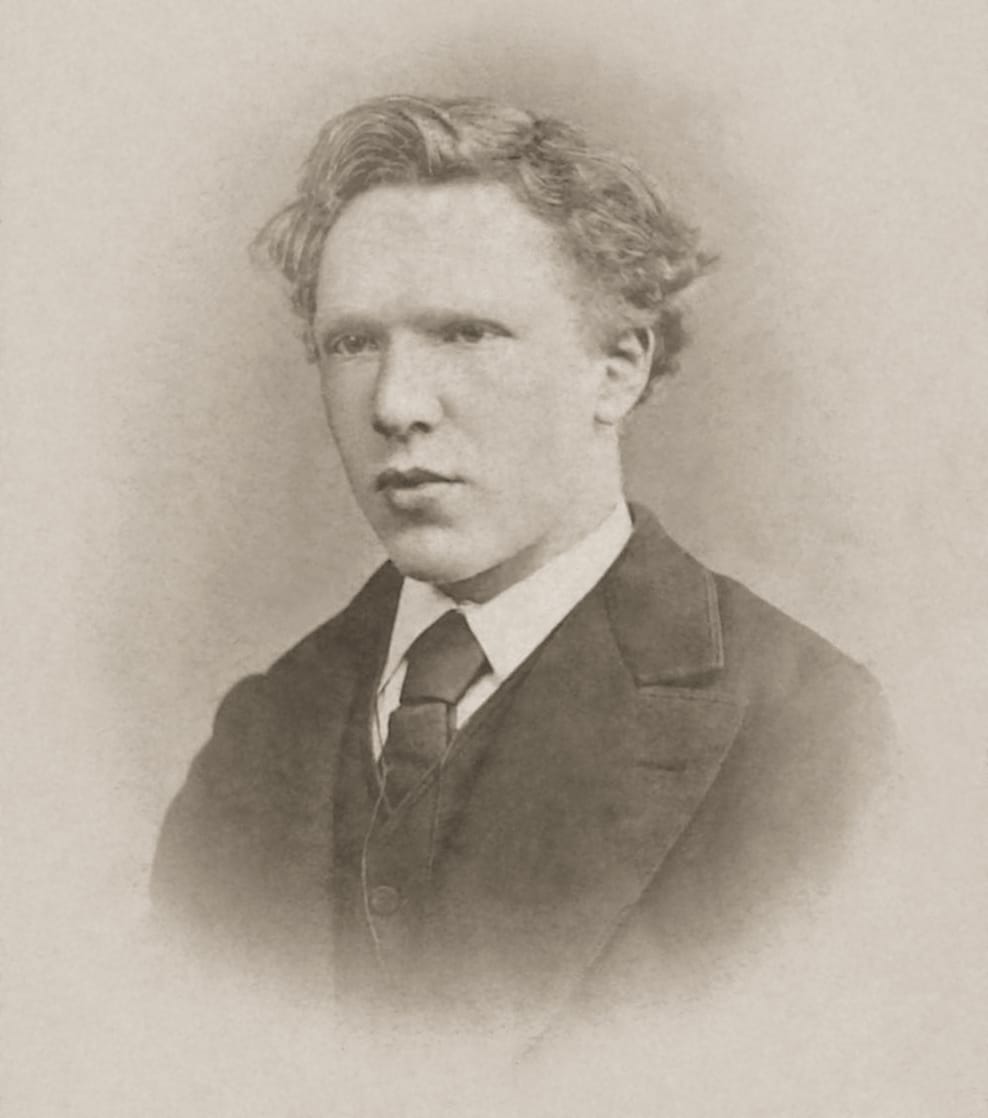
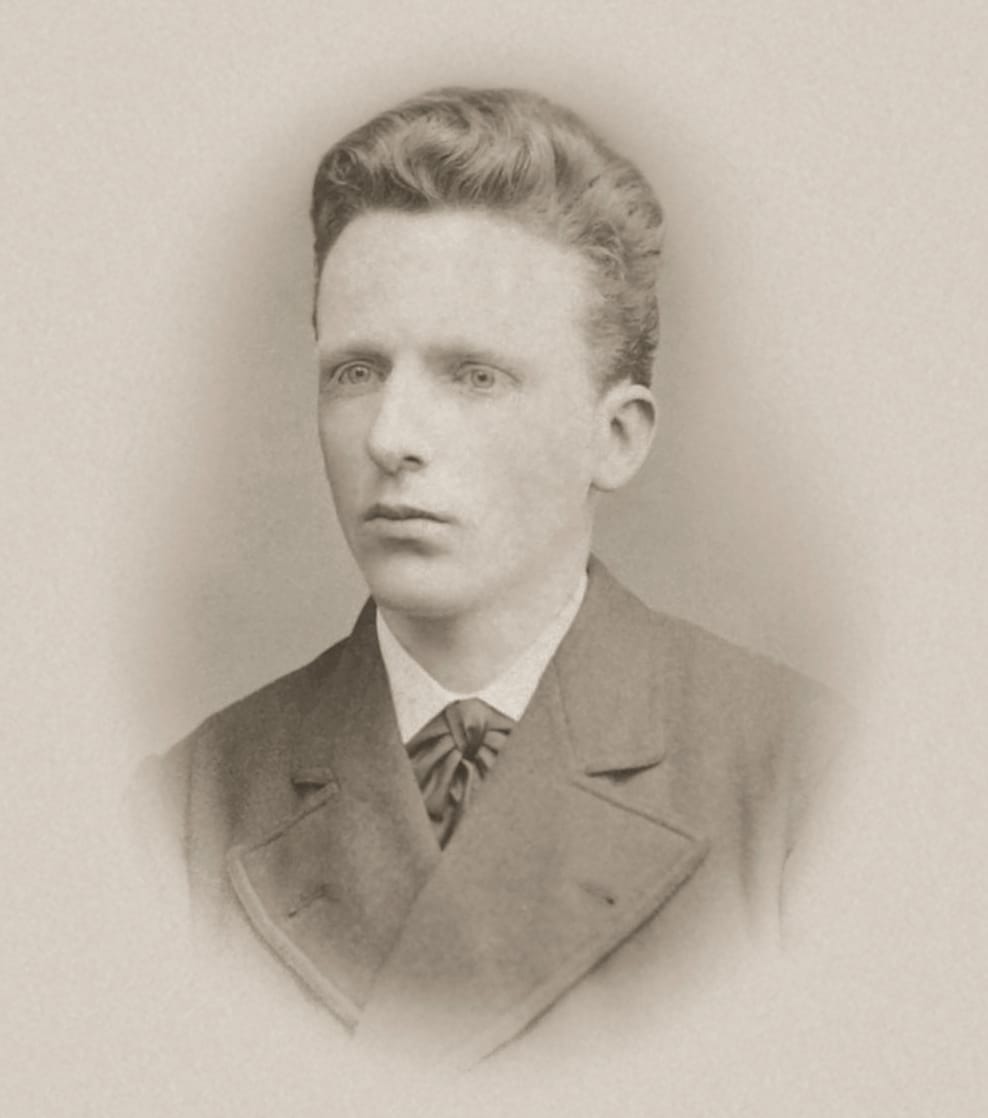
Vincent van Gogh (left) in 1873, when he worked at the Goupil & Cie gallery in The Hague; His brother, Theo (pictured right, in 1878), was a lifelong supporter and friend.
Despite initial success in his career, van Gogh's spiritual and emotional turmoil soon led him to abandon the art dealership. He pursued religious studies with aspirations of becoming a pastor, but his fervent beliefs and unconventional methods led to his dismissal from a missionary position in Belgium. This failure marked a turning point in his life, as he decided to devote himself entirely to art.
Artistic Development and Style
Van Gogh's artistic journey began in earnest in 1880, when he moved to Brussels to study at the Académie Royale des Beaux-Arts. His early works were heavily influenced by the Dutch masters and the Realist movement, focusing on scenes of rural life and labor. During this period, he produced somber and earthy-toned works such as "The Potato Eaters" (1885), reflecting his empathy for the working class.

In 1886, van Gogh moved to Paris to live with his brother Theo, an art dealer. This move was transformative, exposing him to the avant-garde art scene and leading him to embrace Impressionism and Post-Impressionism. He became acquainted with artists like Paul Gauguin, Henri de Toulouse-Lautrec, and Georges Seurat, whose vibrant use of colour and light influenced van Gogh's evolving style.
The Colourful World of Arles
Seeking a simpler and sunnier environment, van Gogh moved to Arles in southern France in 1888. This period is often referred to as his most prolific, with a burst of creativity that resulted in some of his most famous works. The intensity of his brushstrokes and the boldness of his colour choices became more pronounced, as seen in "Sunflowers" and "The Bedroom." The bright yellows, greens, and blues became his signature palette, reflecting his emotional connection to the environment.

However, this time in Arles also highlighted the growing instability of his mental health. His relationship with Paul Gauguin, who joined him in Arles, became increasingly tense, leading to the infamous incident where van Gogh cut off part of his ear. This event has been the subject of much speculation, but it is often seen as a manifestation of the turmoil within him. Following this incident, van Gogh was hospitalized, signalling the beginning of a long struggle with mental illness.
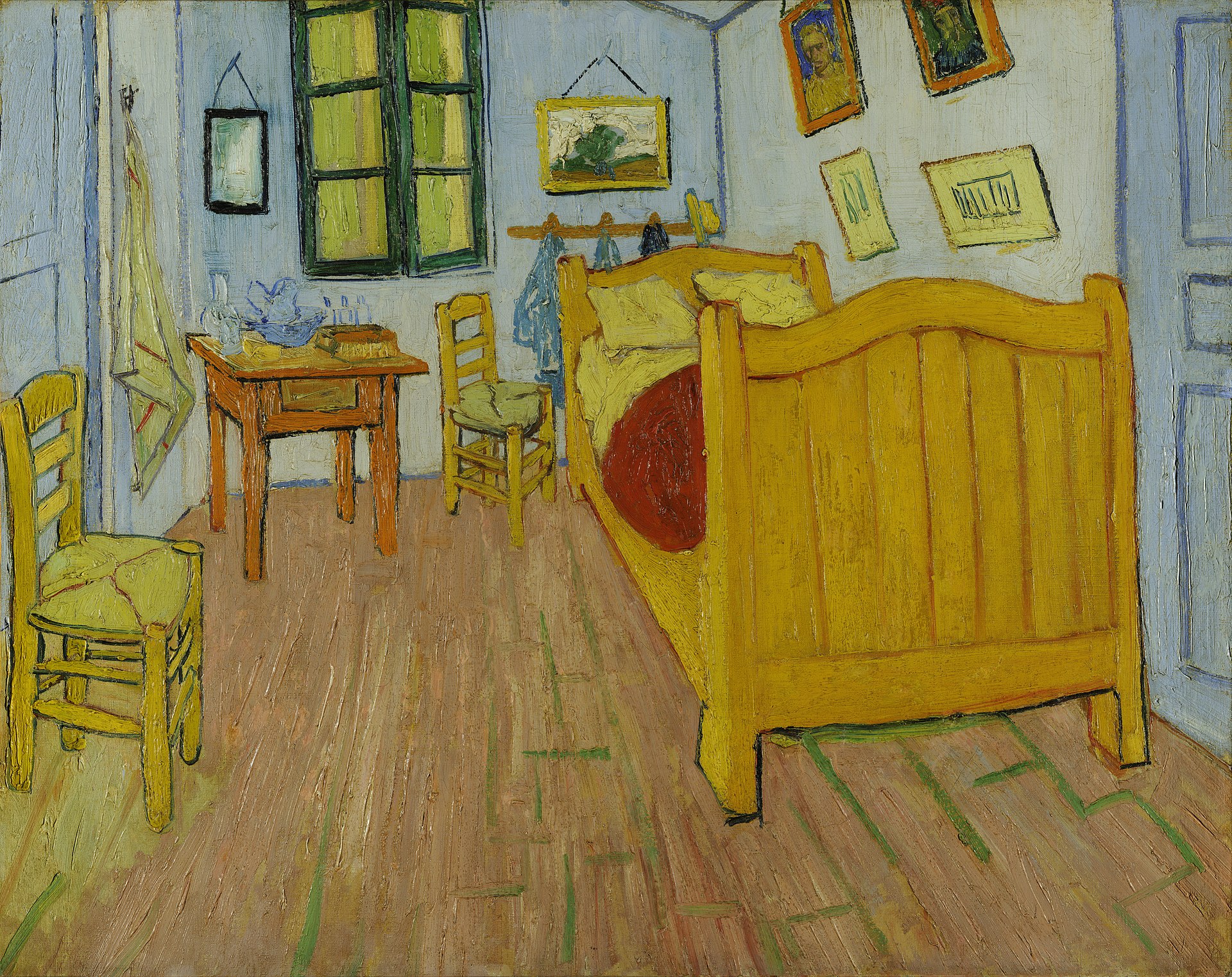
Struggle with Mental Health
Van Gogh's battle with mental health was complex, with episodes of intense creativity interspersed with periods of deep despair. His hospitalization at Saint-Rémy-de-Provence provided him with a structured environment where he continued to paint. Despite his condition, he created some of his most celebrated works during this time, including "Starry Night" and "Irises." His art became a form of therapy, allowing him to express the turmoil and beauty he saw in the world around him.

The landscapes he painted at Saint-Rémy were filled with swirling patterns and dramatic skies, perhaps reflecting his internal turbulence. These works are noted for their emotional depth and dynamic energy, capturing the intensity of his inner world. The combination of bold colours and expressive brushstrokes became his hallmark, distinguishing him from his contemporaries and cementing his legacy as a pioneer of Post-Impressionism.
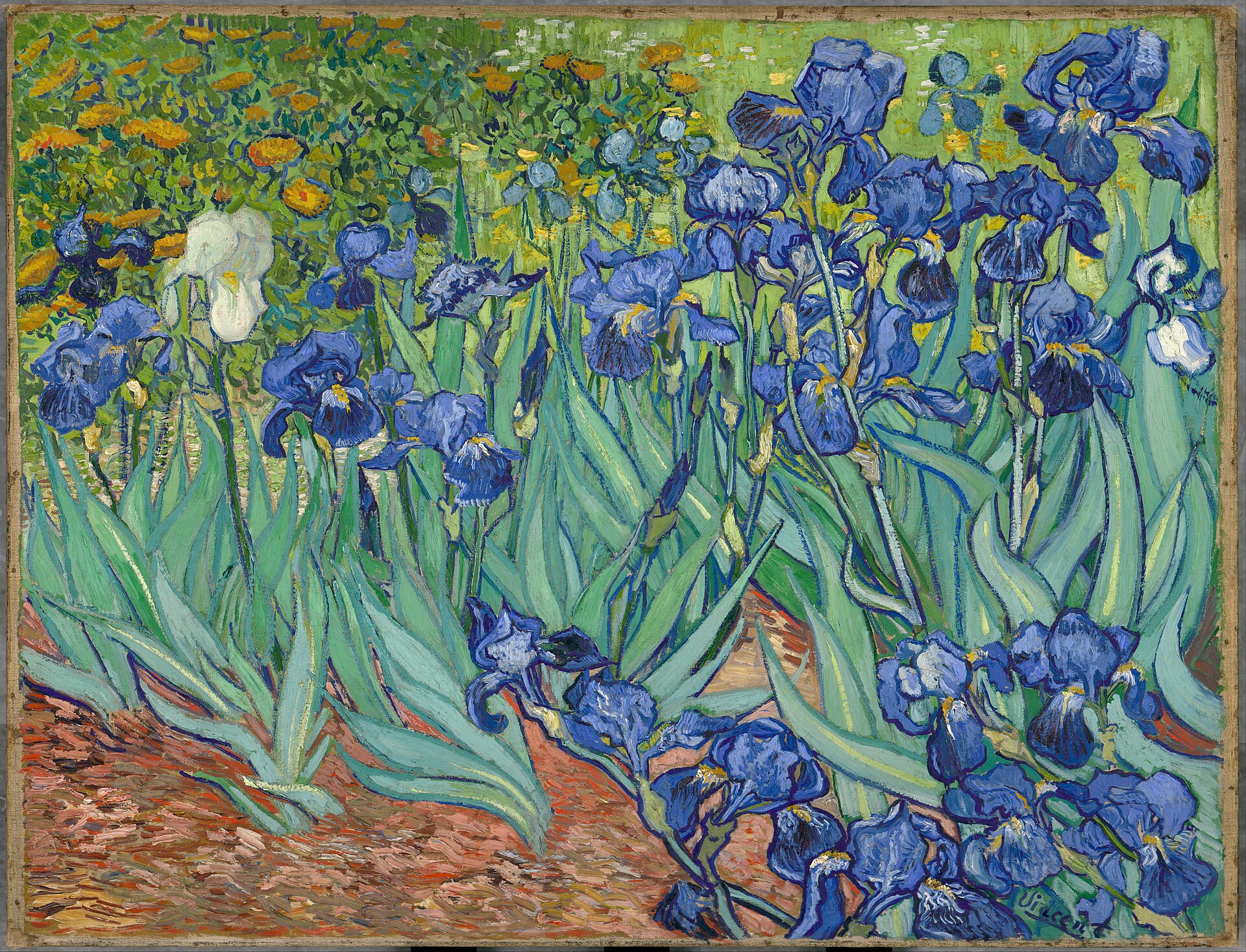
The Final Days in Auvers-sur-Oise
Van Gogh's move to Auvers-sur-Oise in 1890 was intended to provide him with a more peaceful setting and access to medical care. Dr. Paul Gachet, a physician known for treating artists, became his caretaker, offering support during his final months. During this period, van Gogh's productivity remained high, creating works like "Wheatfield with Crows," which some interpret as a foreboding depiction of his troubled mind.

Despite his continued artistic output, van Gogh's mental health deteriorated, leading to his tragic end. On July 27, 1890, he attempted suicide by shooting himself in the chest. He died two days later, with his brother Theo by his side. His passing marked the end of a remarkable journey that would later be recognized as one of the most influential artistic careers in history.
Posthumous Recognition
Van Gogh's death was a great loss to the art world, but his legacy continued to grow posthumously. His brother Theo's widow, Johanna van Gogh-Bonger, played a crucial role in promoting his work and ensuring that his talent was recognized. She organized exhibitions and published his letters, which provided insights into his creative process and personal struggles.
Today, Vincent van Gogh's art is celebrated worldwide, with exhibitions drawing millions of visitors. His influence on modern art is profound, inspiring movements such as Expressionism and Fauvism. His unique style, characterized by vibrant colours and emotive brushstrokes, continues to resonate with contemporary artists and audiences. Van Gogh's life and work serve as a testament to the enduring power of artistic expression, and his story is a poignant reminder of the complex relationship between creativity and mental health.



